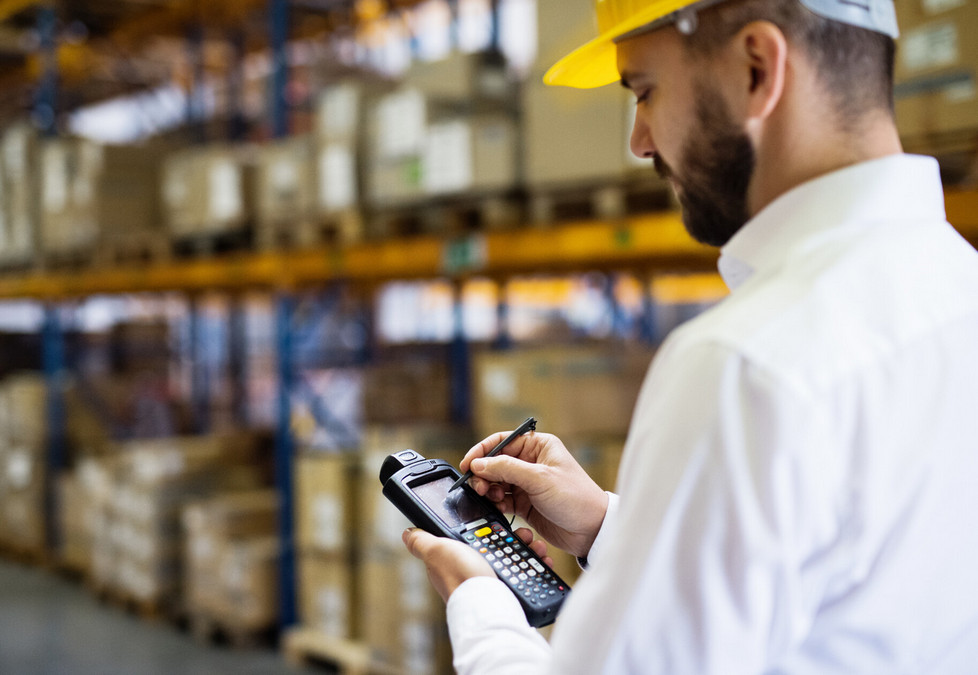The emergence and maturity of technologies such as big data, AI, artificial intelligence, IoT, blockchain, etc. have brought new models to many lifestyles, especially logistics. The integration of various new technologies has become the strongest backing for "smart logistics".
What is Smart Logistics?
The application of information and communication technology in the logistics industry mainly reflects the information operation of various logistics links such as procurement, transportation, warehousing and distribution, integrates the logistics, cash flow and information flow of the supply chain, and realizes the whole process from upstream to downstream of the supply chain. Information sharing, and through various sensors, RFID technology, GPS systems and automated logistics equipment, etc., to realize the automation, visualization and intelligence of logistics. Through the "front shop, back factory" management model, the adjacent production bases are connected in series to provide low-cost and high-efficiency logistics services for B2B and B2C e-commerce merchants, thereby increasing the smoothness and added value of products.
Basic Functions of Smart Logistics
1. Perception function
Using technology to obtain a large amount of information in all aspects of transportation, warehousing, packaging, loading and unloading, distribution, etc., to achieve real-time data collection, and to accurately grasp the information of goods, vehicles and warehouses.
2. Analysis function
The collected information is transmitted to the data center. Build a strong database, and then use analytical tools to analyze logistics problems. During operation, the system will call the original experience data by itself, and find loopholes or problematic links in logistics operations at any time.
3. Optimize decision-making functions
Evaluate cost, time, quality, and service standards according to different situations, conduct predictive analysis based on database data, and then propose the most reasonable and effective solutions to make decisions more accurate and scientific.
4. System support function
Smart logistics is not a logistics system in which each link is independent and unrelated, but a system in which each link can be interconnected, communicate with each other, share data and optimize resource allocation, providing the most powerful system support for each link of logistics. Make all links coordinate and cooperate.
5. Instant feedback function
The smart logistics system is an instant update system. When the system finds problems, it will make immediate feedback and corrections, so that the logistics industry can understand the logistics operation, and solve the system problems immediately, providing a strong guarantee for the company.
The Specific Role of Smart Logistics
1. Reduce logistics costs and improve corporate profits
Smart logistics can greatly reduce the cost of various industries, especially the manufacturing and logistics industries, thereby increasing the profits of enterprises, because the upstream and downstream of the supply chain cooperate with each other through smart logistics to achieve information flow and enable logistics companies to save costs. Its key technology lies in the application of new technologies such as RFID and wireless positioning, which can effectively realize the intelligent management of logistics, strengthen the rationalization of logistics management, reduce logistics consumption, and can improve the scale, connotation and function of the logistics industry, and promote the upgrading and transformation of the logistics industry.
2. Accelerate the development of the logistics industry and become the pillar of information technology in the logistics industry
Smart logistics will accelerate the development of the logistics industry, integrating warehousing, transportation, distribution, information services and other functions, breaking industry restrictions and optimizing the allocation of social logistics resources. At the same time, the logistics enterprises should be integrated together, and the logistics resources that were scattered in many places in the past should be centrally processed, and the overall advantages and scale advantages will be brought into play to realize the modernization, specialization and complementarity of traditional logistics enterprises. In addition, logistics operators can also share smart logistics infrastructure, supporting services and self-training to reduce operating costs and cost expenditures and achieve economies of scale.
3. Build the foundation for the intelligent integration of enterprise production, procurement and sales systems
With the popularization of RFID technology and sensing technology, as well as the vigorous development of the Internet of Things, it will lay the foundation for the intelligent integration of the enterprise's logistics system, production system, procurement system and sales system, and the development of the Internet will inevitably produce intelligent production and The combination of intelligent supply chain, enterprise logistics is fully integrated into enterprise operation, breaking the boundaries of work procedures and processes, and building an intelligent enterprise.
4. Allow consumers to save costs and shop easily and with confidence
By providing various services such as goods inquiry and tracking, especially the source inquiry of food goods, smart logistics can allow consumers to buy and eat with confidence, increase consumers' purchasing confidence and promote consumption, and ultimately have a positive impact on the overall market.
Building smart logistics can not only promote industrial upgrading, but also drive urban economic development, improve urban service levels, and increase competitiveness. greater promotion.





.jpg)








